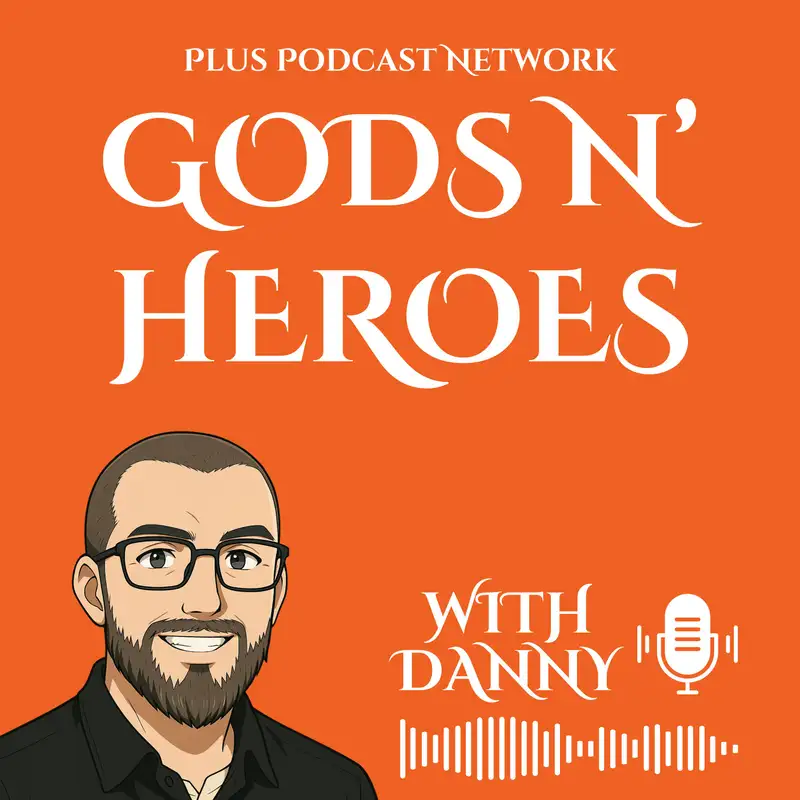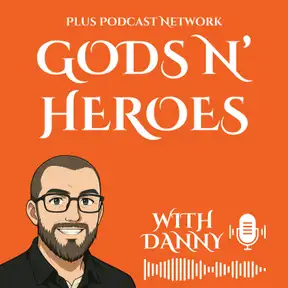Mars Meets Persia: Bahram, the Crimson Warrior of Victory
Look up at the night sky – see that red star, Mars? Ancient Persians saw it too, associating it with their mighty Crimson Warrior, Bahram! Let's explore the Zoroastrian Yazata of Victory, his cosmic battles, and his ten powerful forms.
Have you ever looked up at the night sky, seen the distinct reddish glow of Mars, and wondered what stories ancient cultures told about that fiery point of light? While the Romans gave it the name of their God of War, the ancient Persians had their own powerful association with that crimson star – they linked it to Bahram, the embodiment of Victory itself. Who was this Crimson Warrior, and what cosmic battles did he fight?
In Zoroastrianism, one of the world's oldest living religions originating in ancient Persia (modern-day Iran), the universe is a stage for an epic struggle between cosmic Good (represented by Ahura Mazda, the wise Lord) and cosmic Evil (personified by Angra Mainyu or Ahriman, the destructive spirit). Helping Ahura Mazda are divine beings called Yazatas, and one of the most dynamic and celebrated is Bahram, or Verethragna in the older Avestan language.
Bahram isn't just a warrior; he is Victory Incarnate. His name literally means "smiting of resistance." He's the force that overcomes obstacles, defeats enemies, and ensures the triumph of good and truth. His energy is fiery, powerful, relentless – much like the planet Mars, which in Persian is also named Bahram. So, when you see that red star, you're seeing the celestial counterpart of this divine champion!
What makes Bahram particularly fascinating are his legendary ten incarnations – different forms he takes to aid the righteous and vanquish evil. Imagine this powerhouse showing up as:
A strong, beautiful Wind, bringing the rain and dispersing darkness.
A powerful Bull with golden horns, representing strength.
A radiant White Horse with golden trappings, symbolizing nobility.
A ferocious Camel, relentless in pursuit.
A powerful Boar, sharp-tusked and aggressive against falsehood.
A swift Youth of fifteen, the ideal age of strength and readiness.
A soaring Falcon or raven, keen-eyed and swift.
A wild Ram, symbolizing virility and determination.
A sharp-horned Goat, agile and resilient.
And finally, an armed Warrior, the ultimate champion carrying a golden blade.
Each form represents different facets of victory – speed, strength, insight, resilience, relentless pursuit. Bahram would manifest in these forms to protect the faithful, grant courage in battle (both physical and spiritual), and smash the forces of darkness, demons, and liars sent by Ahriman. His presence was a guarantee that resistance could be overcome, that good would ultimately prevail in the grand cosmic battle reflected in the stars and fought within the human heart.
He embodies the idea that victory isn't just about brute force, but requires adaptability, different kinds of strength, and unwavering commitment to the side of good. He's a symbol of hope and divine aid in the face of overwhelming odds.
What modern struggles or challenges do you think embody the kind of cosmic battle Bahram represents? Where do we see the need for 'victory' over negativity or obstacles today? Share your thoughts in the comments section on the podcast, on our website englishpluspodcast.com, or over on our Patreon page!

